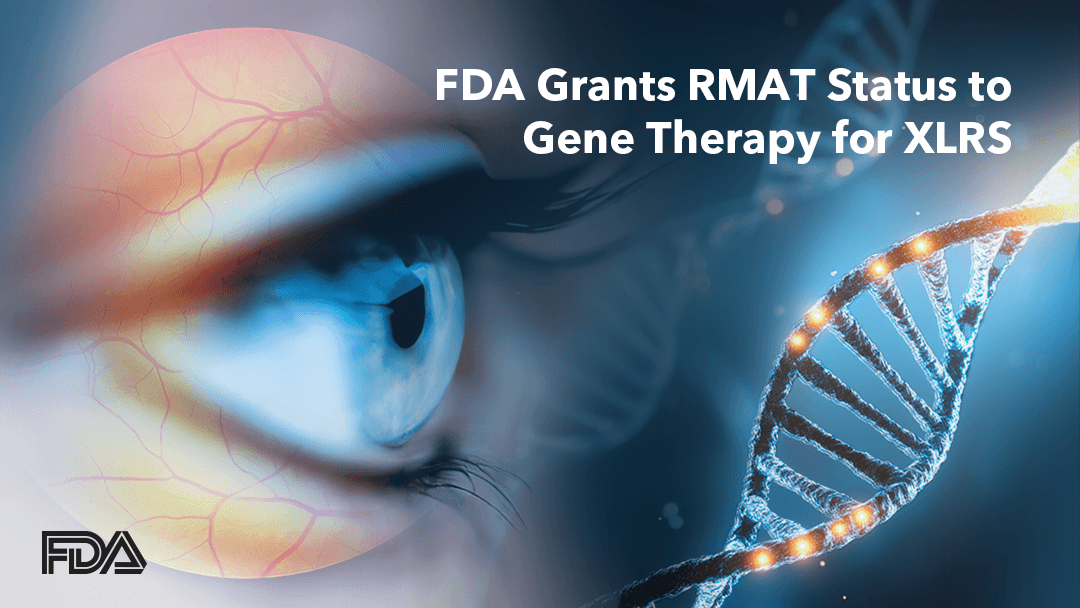Washington Confirms Second U.S. Human Bird Flu Death, Raises Alarm
Washington state health officials confirmed that the first U.S. human case of a highly pathogenic avian influenza strain earlier in November has died, marking the second American fatality linked to bird flu this year. The death underscores gaps in surveillance, protective measures for people exposed to infected birds, and the need for equitable access to vaccines and antivirals in affected communities.

State health officials in Washington confirmed on November 24 that an older adult who had been identified earlier this month as the first U.S. human case of a highly pathogenic avian influenza strain has died. The patient, who had underlying health conditions, was hospitalized in early November and succumbed while public health authorities continued an investigation into exposure routes and contact tracing efforts.
The strain involved has been detected previously in animals in the United States but not in humans until this year, prompting renewed scrutiny of how influenza viruses move between species and what that means for human health. Health agencies emphasized that the general risk to the public remains low, while urging caution for people who have close contact with wild or domestic birds, and for those in communities experiencing outbreaks among animals.
Epidemiologists say the Washington death highlights persistent vulnerabilities in U.S. preparedness for zoonotic diseases. Surveillance of avian influenza viruses in wild birds and domestic flocks is uneven, with rural and agricultural regions often lacking laboratory capacity and sustained funding to detect viral shifts early. Contact tracing and exposure investigations remain essential for understanding how the virus reached a human host in this case, and for identifying any additional infections that might not yet have been detected.
The event also raises urgent questions about access to medical countermeasures. Vaccines and antiviral drugs are central to mitigating severe illness if human-to-human transmission increases, but distribution plans historically have struggled to reach farmworkers, Indigenous communities, and others with routine exposures to animals. Advocates point to the need for targeted outreach, workplace protections, paid sick leave, and culturally appropriate public health messaging so that people at greatest risk can obtain prophylaxis and early treatment.
Community impact is immediate for families and workers who live alongside affected bird populations. Outbreaks among backyard flocks, commercial poultry, or migratory birds can devastate livelihoods and heighten anxiety about personal health and economic stability. Local health departments must balance animal health responses with human health supports, including testing capacity and mental health resources for grieving households and stressed workers.
Policy makers face a decision point about investing in longer term surveillance and prevention. Enhanced monitoring of wild bird migration, improved reporting systems for domestic flocks, and stronger occupational health standards for people who handle birds would reduce the odds of future spillovers. Federal and state funding, allocated with equity in mind, remains a key lever to close the gaps that left some communities more exposed.
For now, public health officials continue contact tracing and laboratory analyses to determine how the virus crossed into a human host and whether there are broader patterns of exposure. The death is a sobering reminder that animal health and human health are deeply connected, and that protecting both requires sustained investment, clear policies, and attention to communities that bear the greatest burden.


